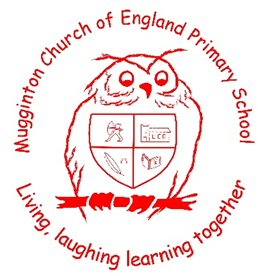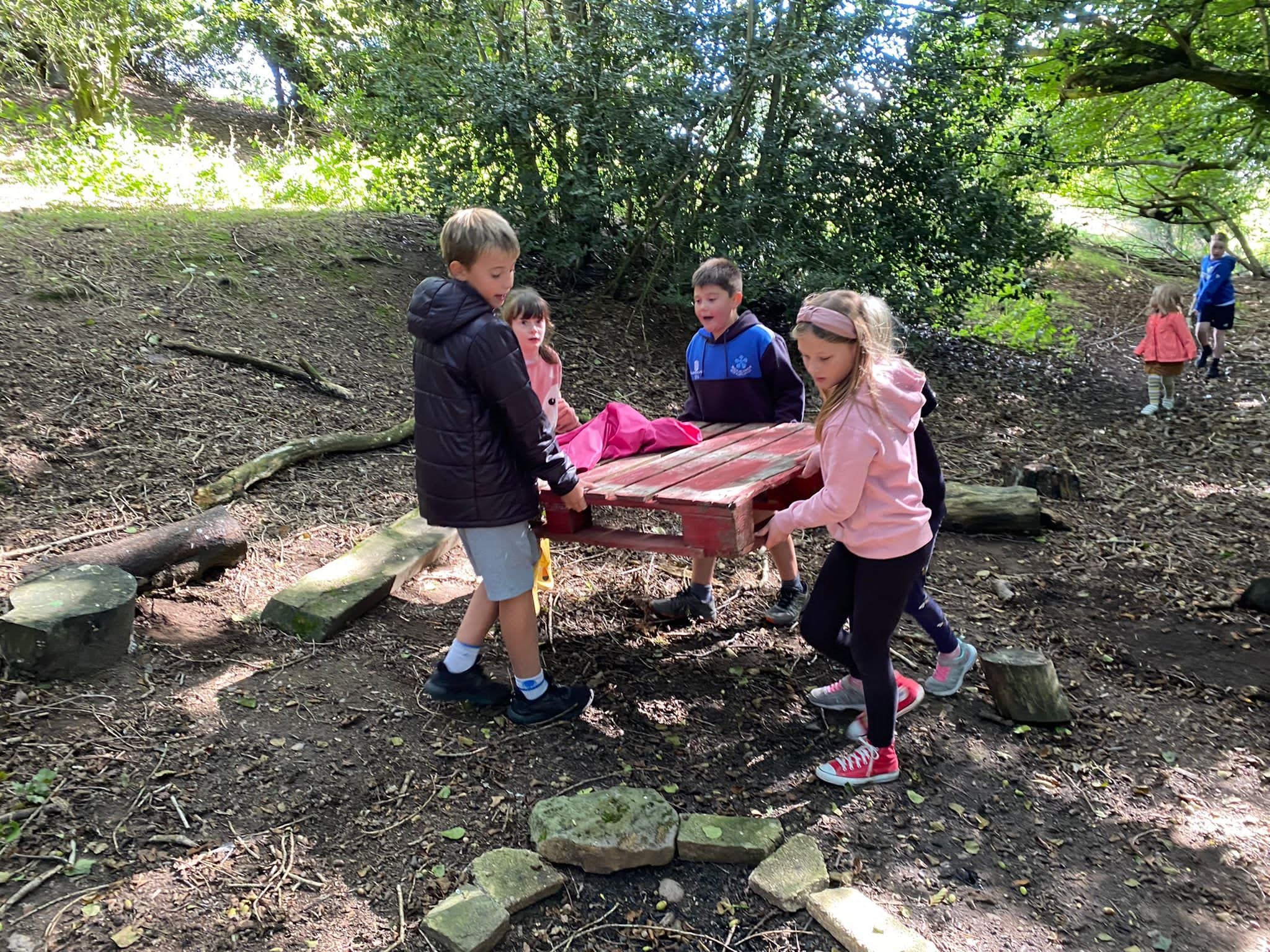
art & design
Art and design embodies some of the highest forms of human creativity which engages, inspires and challenges pupils, equipping them with the knowledge and skills to experiment, invent and create their own works of art, craft and design. By teaching Art and design, we intend to impart pupils with the knowledge, understanding, confidence, attitudes, values and skills they need in order to reach their potential as individual artists.
At Mugginton Church of England Primary School, Art and Design is an important part of our children’s entitlement to a broad and balanced curriculum.
Art has the ability to transmit joy, transform sorrow, change minds and heal hearts. It is our wish, through the implementation of our art curriculum, that pupils will have the unique opportunity to experience the power of creativity that will last long after they have left primary school.
Art, craft and design embody some of the highest forms of human creativity that transcend cultural boundaries. Our aim is for art and design to be taught as part of a rich and progressive curriculum, where we plan and sequence art lessons carefully to build upon previous learning, and secure new learning successfully. At the heart of our teaching in art and design is a desire to engage, inspire and challenge all pupils, equipping them with the knowledge and skills to experiment, invent and create their own works of art, craft and design. In short, a unique form of self-expression. By creating a safe and nurturing environment, pupils are encouraged to take creative risks and to learn from the journey, rather than head towards a pre-defined end result.
As pupils progress, they should be able to think critically and develop a more rigorous understanding of art and design. Through studying a diverse range of male and female artists, both great and contemporary, pupils will learn how art and design both reflect and shape our history, and contribute to the culture, creativity and wealth of our nation.
At Mugginton Church of England Primary School, the teaching of Art and design curriculum has been carefully considered to enable our pupils to become confident and competent artists and designers. We follow the Kapow programme. Our highly skilled staff work to create a progressive skills document where objectives for each year group are progressively mapped out to ensure our pupils are given the acquired skills and knowledge the further their education journey into KS3 and life beyond the classroom.
Our aim is to provide inclusive and creative environments and learning experiences where pupils thrive and build the cultural capital they need to make aspirational choices about their own futures, overcoming any barriers.
Our Art and Design curriculum encompasses the aims of the National Curriculum and also:
recognises that children are naturally creative. We give pupils the freedom, materials and space to enable them to use their creativity and imagination to communicate their inner most feelings. Pupils engage with a range of works of art that develop their understanding and respect for, different people’s feelings and values.
explore and discuss work from a wide range of artists that cross cultural boundaries and across time, allowing pupils to investigate how moral and ethical issues are portrayed in art.
supports pupils to work productively together when creating works of art. Pupils are taught to recognise how their art and the art of others can communicate with those viewing the work, having a powerful impact on the emotions of others in their community.
foster an interest in artistic opportunities and develop pupil’s appreciation of the range of different cultures that influence artists. Pupils will be supported to have an understanding of how these influences have shaped their own heritage and that of others.
produce creative work, exploring their ideas and recording their experiences
become proficient in drawing, painting, sculpture and other art, craft and design techniques
evaluate and analyse creative works using the language of art, craft and design
know about great artists, craft makers and designers, and understand the historical and cultural development of their art forms.
Implementation:
Our key concepts have been carefully considered and identified as the core knowledge and skills required to successfully achieve in Art and design. These are revisited and developed – particularly through the pupils’ sketchbooks - as the pupils move through the school to ensure knowledge and skills are firmly embedded within the long term memory. The expectation is that, by the end of primary school, children will know and understand these key concepts and have the knowledge and skills to enter the KS3 Art and design curriculum.
Key concepts: These concepts are explored through each unit of art and build progressively as pupils move through the school.
Knowledge of artists and designers: (factual knowledge)
Exploring and developing ideas: (conceptual knowledge)
Marking skills and Formal elements: (procedural knowledge)
Evaluating: (metacognitive knowledge)
Second order concepts: These can used across all aspects of a subject to organize the substantive knowledge taught.
Chronology: (history of art and changes over time)
Similarity and difference: (comparing works of art, identifying common/different styles and techniques)
Significance: (significant artists, works of art and art movements)
Written, oral and creative expression: (using artistic terminology, evaluating, refining, describing, experimenting, creating, presenting)
Art is taught using the Kapow scheme of work. It offers full coverage of the Key Stage 1 and Key Stage 2 curriculum as well as incorporating SMSC development. The content is categorised into 5 areas: Making Skills, Generating Ideas, Formal Elements, Knowledge of Artists and Evaluating. Each unit contains lessons which are designed to be taught in sequential order, with the exception of the lessons in Making Skills and Formal Elements units which can be taught in any order. These 2 units feature within each of the year groups and develop the discrete skills and techniques of art, craft and design. Work is planned with reference to the National Curriculum which breaks Art down into 4 strands; Materials, Techniques, Artists and Expression and Imagination.
Our scheme of work has been designed as a spiral curriculum with the following key principles in mind: cyclical (pupils return to the same skills again and again during their time in Mugginton, increasing depth (each time a skill is revisited it is covered with greater complexity, prior knowledge (upon returning to a skill, prior knowledge is utilised so pupils can build upon previous foundations).
Formal elements of art focus on discrete skills: line, shape, tone, texture, pattern, colour.
Art & design policy

Designated Safeguarding Lead
Mr J Green
Designated Safeguarding Lead: 1st cover
Monday, Tuesday: Mrs D Wallen; Wednesday - Friday: Mrs E Dennis
Designated Link Governor for Safeguarding
Mrs C Stroud
SENCO
Mrs E Dennis







